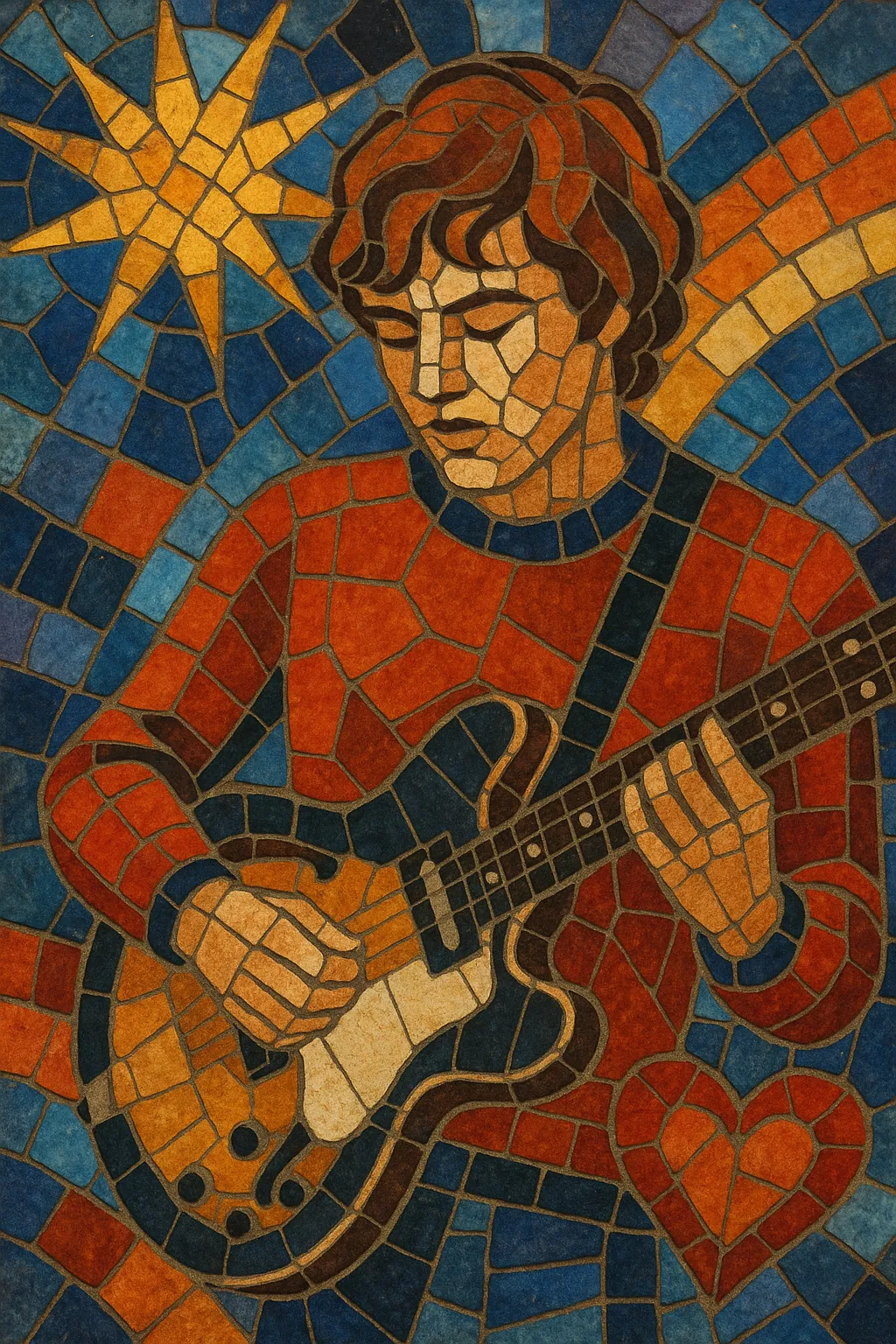Power pop is a guitar-driven style that distills the melodic immediacy of 1960s British Invasion pop into concise, high-energy rock songs.
It emphasizes big hooks, ringing guitars (often Rickenbacker-style jangle), tight vocal harmonies, and punchy, economical arrangements that typically run around three minutes.
Lyrically, it leans toward youthful longing, romance, and bittersweet nostalgia, delivered with bright major-key progressions, chiming arpeggios, and sing-along choruses.
Though Pete Townshend used the term in the late 1960s, the genre cohered in the early 1970s with bands like Badfinger, Big Star, and the Raspberries, and it has resurfaced repeatedly in waves through new wave, indie, and modern pop-punk contexts.
The phrase “power pop” was famously used by Pete Townshend in 1967, but the style crystallized in the early 1970s when American groups like Badfinger (UK-signed, US-impact), Big Star, and the Raspberries fused the harmonic sweetness of the Beatles and the Who with a lean, amplified rock attack. These bands emphasized bold choruses, jangling guitars, and compact song forms, laying the template for the genre.
As punk stripped rock back to basics, power pop paralleled that minimalism with a sunnier, melody-first outlook. US and UK bands issued brisk singles and albums with radio-ready choruses, while still retaining garage-rock energy. The movement intersected with mod revival aesthetics in the UK and college-radio circuits in the US.
Acts like Cheap Trick and the Knack brought power pop to mainstream audiences, aligning with new wave’s crisp production and punchy tempos. The era produced enduring hits characterized by tight rhythm sections, stacked harmonies, and bright, guitar-forward mixes.
A 1990s resurgence arrived via alternative and indie scenes. Artists such as Teenage Fanclub, Matthew Sweet, the Posies, and Fountains of Wayne refreshed the formula with thicker guitar layers, bittersweet lyrics, and modernized production, reinforcing the genre’s durability and influence on indie rock and power-chord-driven pop.
Power pop persists as a cyclical tradition: power-chord sparkle, hook-intensive writing, and concise craft appear in pop-punk, indie, and retro-minded rock. Dedicated scenes, boutique labels, and festivals continue to champion the style worldwide, ensuring its hallmark blend of melodic immediacy and rock drive remains current.


